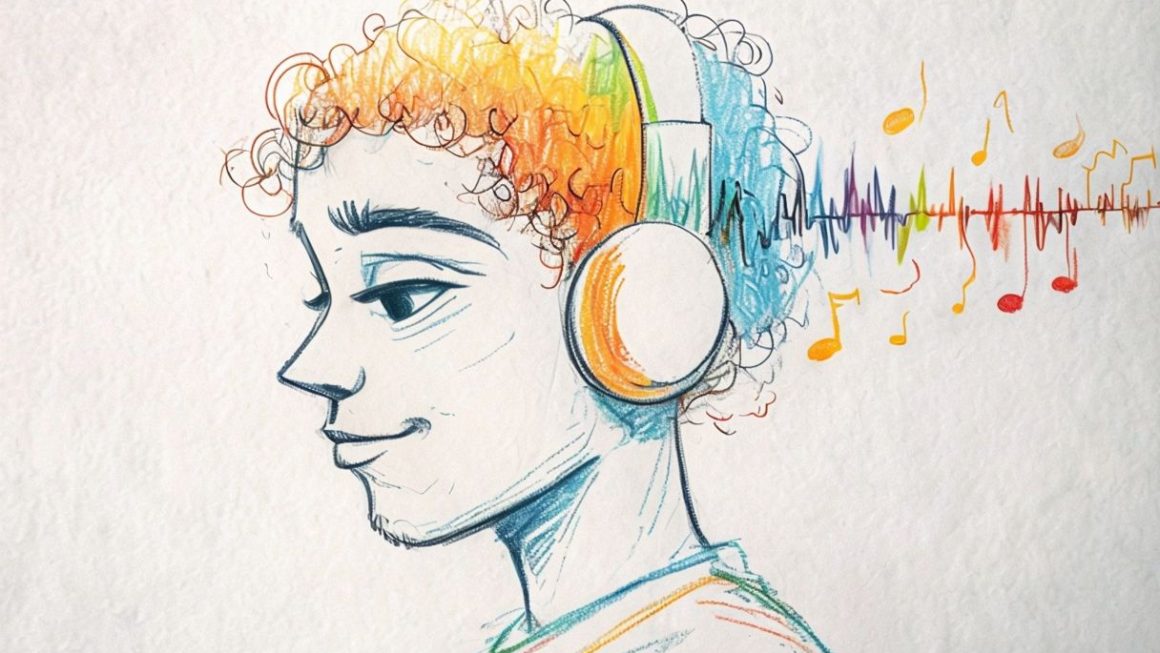Typical human hearing range is between 20Hz to 20 kHz, but the reason we need higher encoding rates like 48.0 PCM (Pulse Code Modulation) is not directly related to our hearing range.
The reason we need higher encoding rates
- The main reasons for using higher encoding rates are:
Digital signal quality: Higher sampling rates and bit depths provide a more accurate representation of the audio signal. This results in a smoother, less distorted sound.
Noise reduction: With more samples per second (sampling rate), you can capture subtle nuances in the audio signal that might be lost at lower rates. This helps reduce noise and artifacts like aliasing or quantization errors.
Dynamic range compression: Higher encoding rates allow for better dynamic range compression, which means a wider range of loud and soft sounds can be represented without distortion. - For example, 48 kHz is considered a relatively high sampling rate for CD-quality audio (16-bit PCM). This allows you to capture the full frequency spectrum of music, including subtle details in the higher frequencies that might get lost at lower rates.
Human hearing range: As I mentioned earlier, humans can hear up to 20 kHz. However, this is not a hard limit; our brains are capable of perceiving sounds above 20 kHz.
Frequency spectrum: The frequency spectrum of music includes many frequencies beyond the human hearing range (e.g., ultrasonic and infrasound). Higher sampling rates help capture these subtle details.
Using higher encoding rates like 96 kHz or even 192 kHz can provide an even more accurate representation of the audio signal, but it’s not strictly necessary for everyday listening. If you’re using a high-quality DAC and amplifier, 48 kHz might be sufficient for your needs.
While you are here, why not take a look at my song analysis or Rosé’s Hard To Love or Gone.
